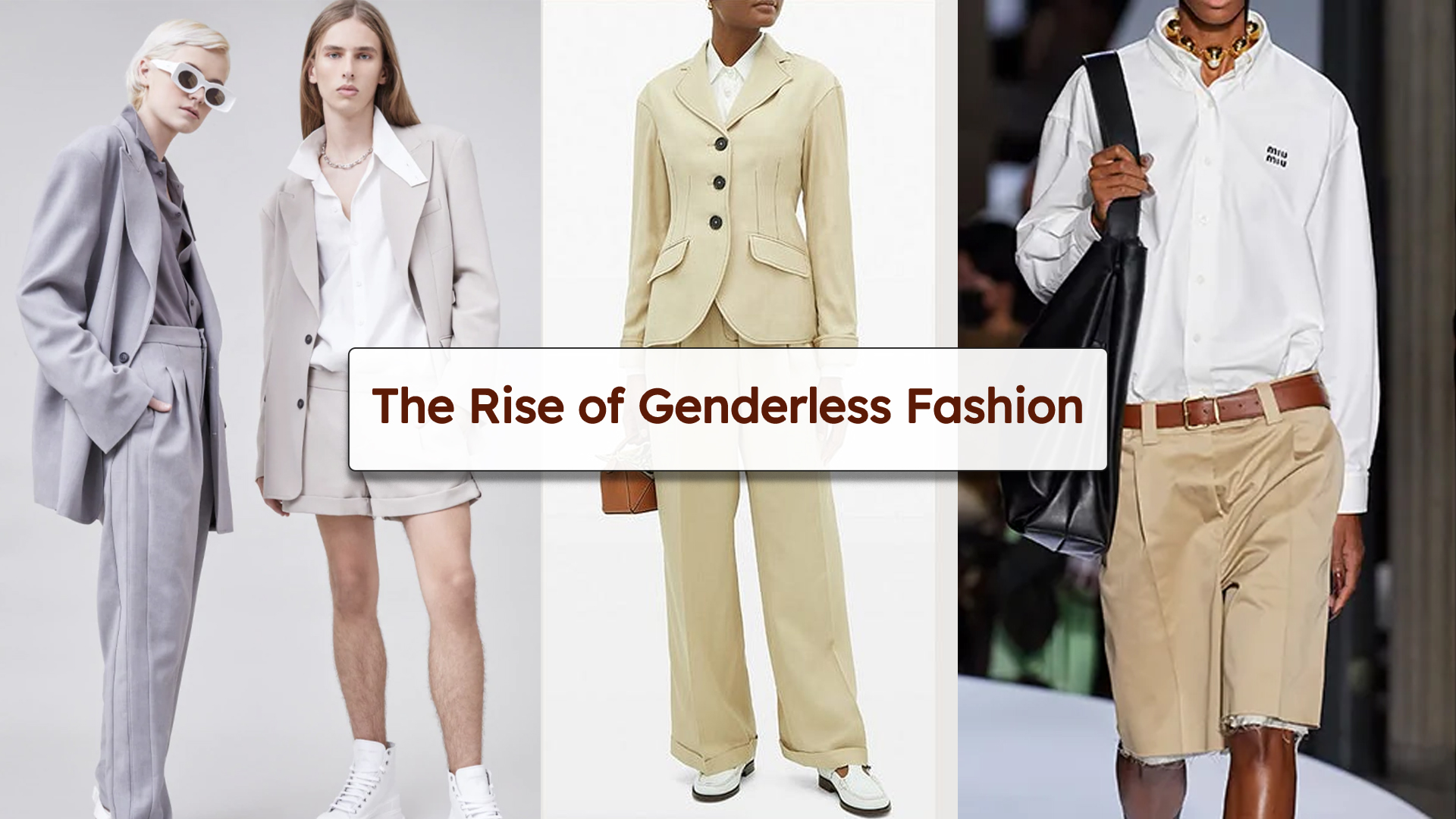Fashion has long been a reflection of societal norms and cultural shifts. In recent years, one of the most significant movements in the fashion industry has been the rise of genderless fashion. As conversations around gender identity and expression continue to evolve, fashion brands and designers are embracing a more inclusive approach that defies traditional binary norms.
Breaking Down Gender Barriers
Historically, clothing has been categorized into strict male and female sections, dictating what is deemed appropriate for each gender. However, modern consumers are increasingly rejecting these rigid distinctions. Genderless fashion challenges the idea that clothing should be inherently masculine or feminine, offering pieces that anyone can wear regardless of gender identity.
Celebrities and influencers have played a crucial role in normalizing gender-fluid styles. Icons such as Harry Styles, Jaden Smith, and Billie Eilish have pushed the boundaries of conventional fashion, opting for outfits that blur the lines between traditionally male and female attire. Their bold choices have encouraged a new generation to embrace self-expression without limitations.
The Role of Designers and Brands
Major fashion houses and emerging brands alike are embracing gender-neutral designs. Labels such as Gucci, Balenciaga, and Stella McCartney have incorporated unisex pieces into their collections, while independent brands like Telfar and Palomo Spain focus exclusively on breaking gender norms in fashion.
Retailers are also adapting to this shift. Stores are moving away from segregated sections, instead organizing clothing based on style and fit rather than gender. Additionally, gender-inclusive sizing is becoming a priority, ensuring that all body types have access to the same styles.
The Social and Cultural Impact
The rise of genderless fashion is not just a trend—it’s a movement towards greater acceptance and inclusivity. As more people embrace fluidity in fashion, society is challenged to rethink outdated notions of gender roles. This shift fosters a more open-minded and accepting culture, where individuals can express themselves authentically without fear of judgment.
Moreover, the fashion industry’s move towards inclusivity is influencing other sectors, from beauty to advertising, where diverse representation is becoming more prominent. As brands continue to champion genderless fashion, they contribute to a larger conversation about identity, self-expression, and the breaking down of societal barriers.
The Future of Genderless Fashion
Looking ahead, genderless fashion is expected to continue its upward trajectory. As more designers prioritize inclusivity, we can anticipate innovative designs that go beyond traditional gender constructs. The conversation around gender and clothing will likely inspire even more progressive policies within the fashion industry, making unisex collections a standard rather than an exception.
Ultimately, fashion is about personal expression. The rise of genderless fashion signifies a future where clothing is no longer confined by labels but is instead a canvas for individuality and creativity. In this era of fluidity, one thing is clear—style knows no gender.


